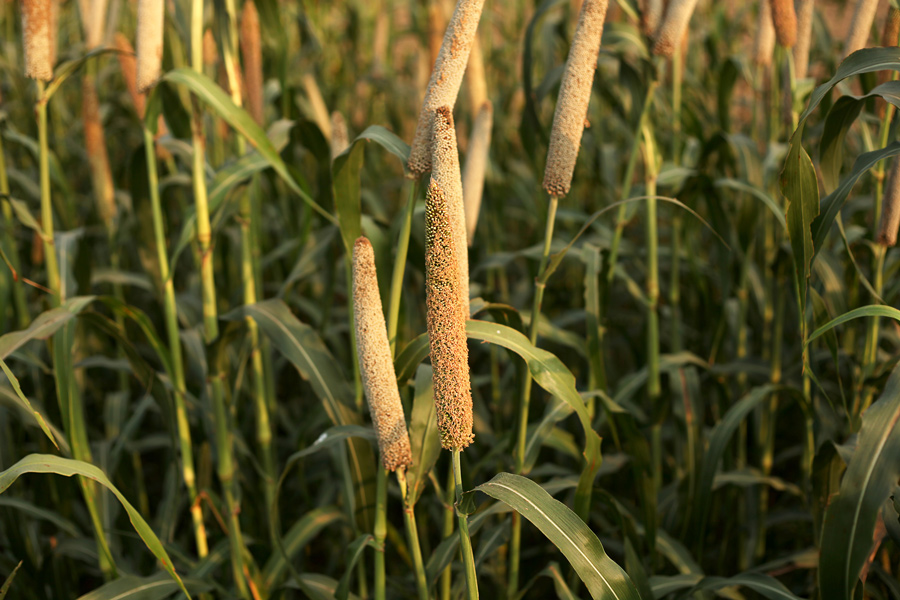Drought
-

Nobody wants drought, but it’s been happening a lot in recent years in the Southeastern U.S. For farmers without irrigation, it may seem that little can be done besides accept what rain comes. However, by paying attention to forecasts and following general practices that help collect and retain moisture, risk can be reduced for all manner
of future climate conditions. Here are some ideas for what can be done, centered around two practices: first, knowing what’s in store; second, planning ahead.Carrie Anne Furman
|
-

B 1242-5
Drinking Water Protection in Georgia
Drinking water sources in Georgia (surface and ground water) can be contaminated by landfills and dumps, leaky septic tanks, urban runoff, industry and agricultural operations. The state of Georgia has implemented two programs designed to identify potential sources of pollution and protect drinking water sources.
Gary L. Hawkins
|
-

A landscape designed, installed and managed according to Xeriscaping’s seven steps uses up to 50% less water than a traditional landscape. And, a well-designed water-wise is just as attractive as a traditional landscape.
Rose Mary Seymour and Sheri Dorn
|
-

Planting ornamental plants correctly increases their survivability and performance in the landscape, and it helps them develop a vigorous, healthy root system that increases their drought tolerance during periods of limited rainfall. This pubication provides research-based guidelines for proper planting.
Sheri Dorn
|
-

Water-wise landscapes not only save water, they save time by requiring less routine care than most traditional landscapes. This publication offers guidelines to help you achieve these goals and conserve water when managing your landscape.
Sheri Dorn
|
-

Drought conditions are a yearly occurrence in Georgia and have been prolonged in several areas over the past several years. These conditions can have severe impacts on cattle, and every cattleman should have a plan in place to minimize the effects of drought on the farm’s finances. This publication describes several management strategies for producers to consider during drought conditions.
Robert L. Stewart, Lawton Stewart, Ted G. Dyer, Ronald E. Silcox, and Johnny Rossi
|
-

Water is the most important nutrient for cattle. It accounts for 50 to 80 percent of an animal’s weight and is involved in every physiological process. Cattle cannot adapt to water restriction and feed intake greatly decreases if water is restricted. Water availability and quality can become a major issue during a drought. It is important to check water sources frequently for water availability and quality during a drought.
Lawton Stewart, Ted G. Dyer, and Johnny Rossi
|
-

This brief management guideline provides producers with specific management tactics that may minimize the potential for short- and long-term problems. These tactics, categorized in order of early, advanced, and severe drought stages, are based on specific characteristics including water loss, forage growth, and rainfall.
R. Curt Lacy, Dennis Hancock, and Johnny Rossi
|
-

Drought does not develop overnight but progressively over time. Proper management during a drought period can make or break a producer’s ability to stay in the cattle business. One main concern during a drought period is feeding and nutrition of the cow herd. Several problems could arise due to drought conditions. A good producer should stay alert for warning signs and avoid potentially damaging situations.
Carole Knight
|